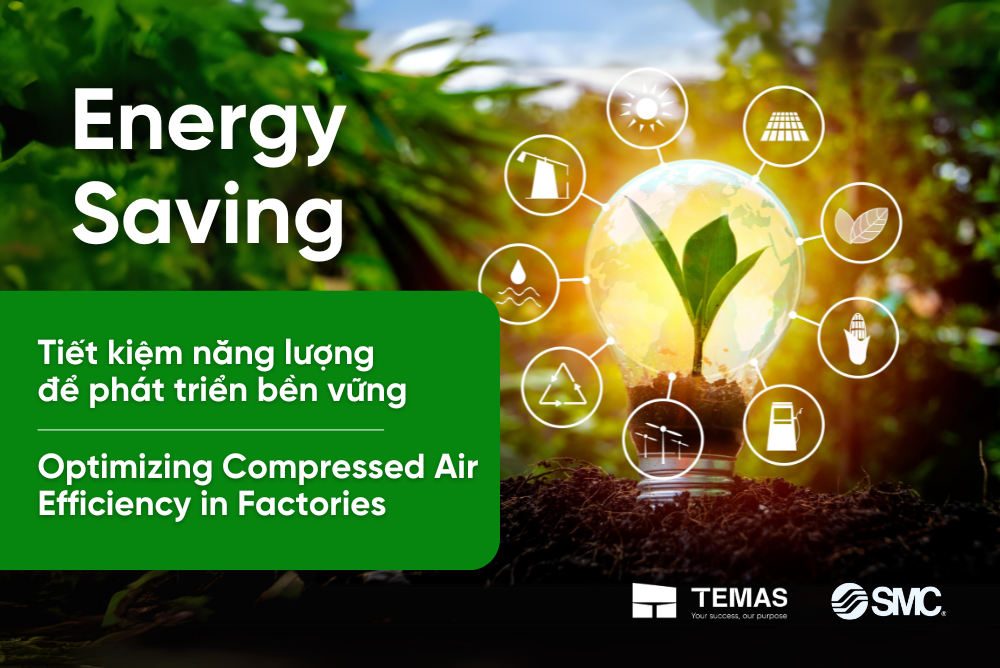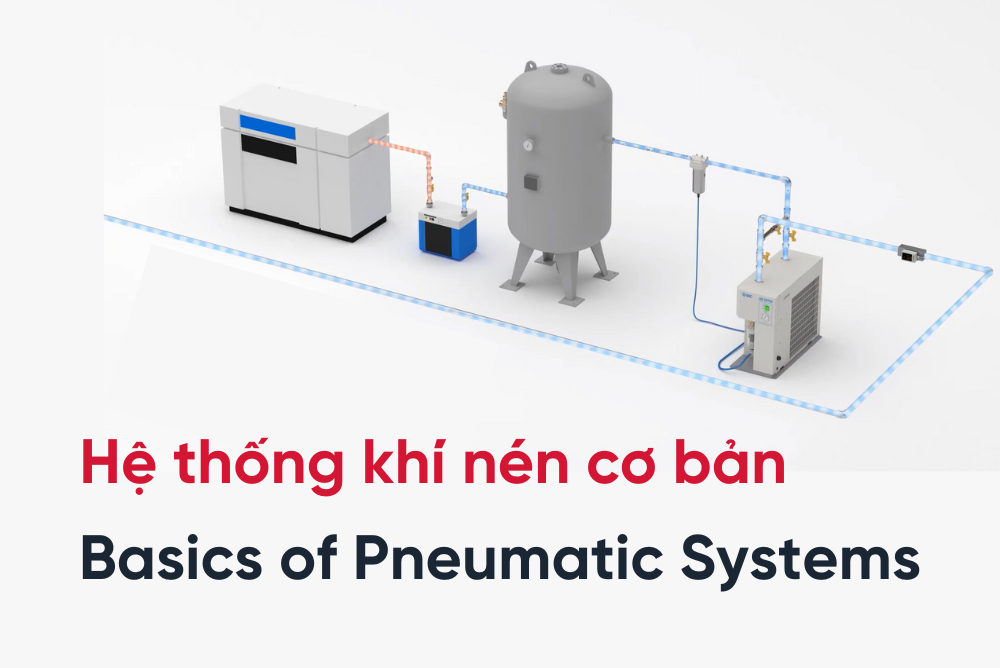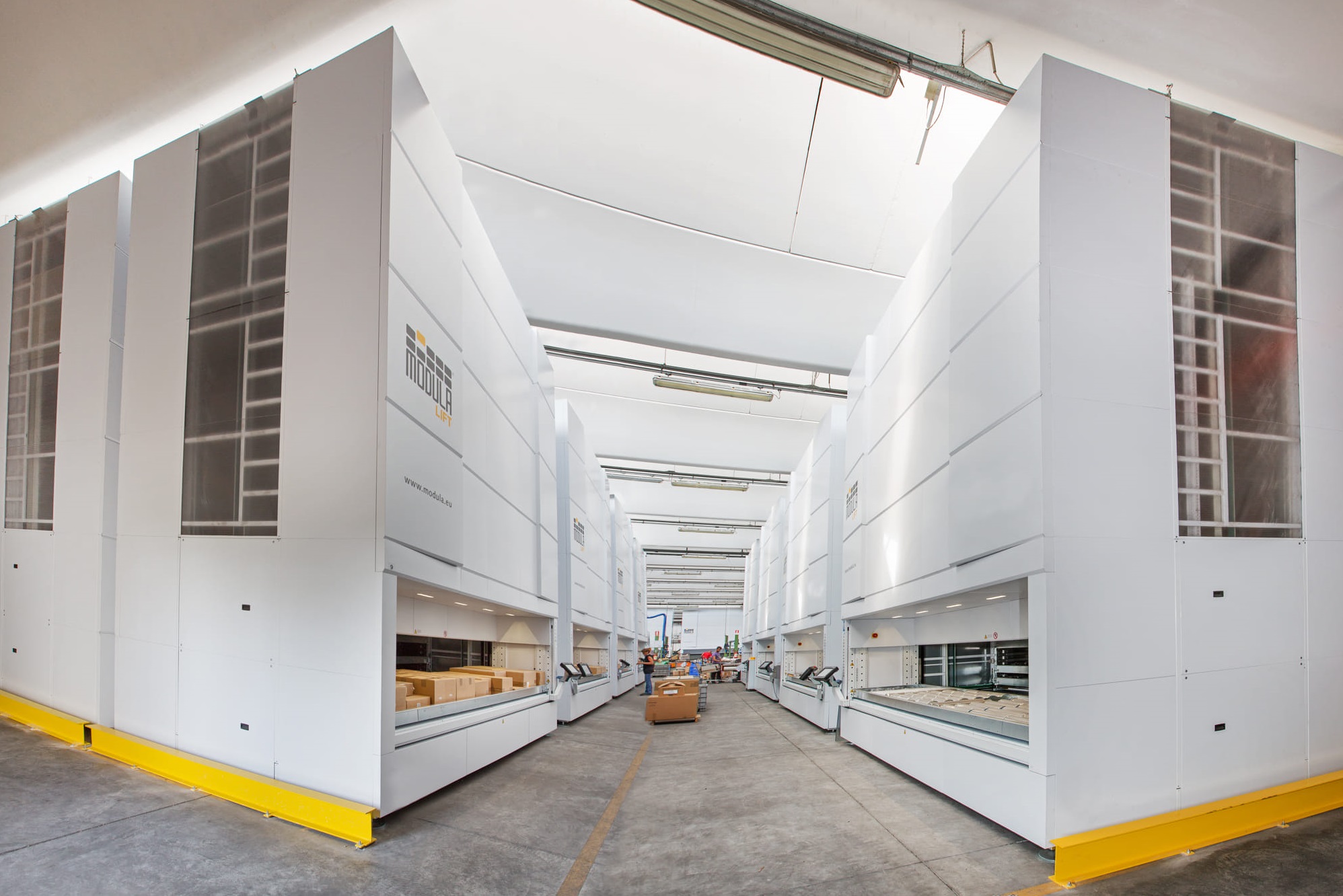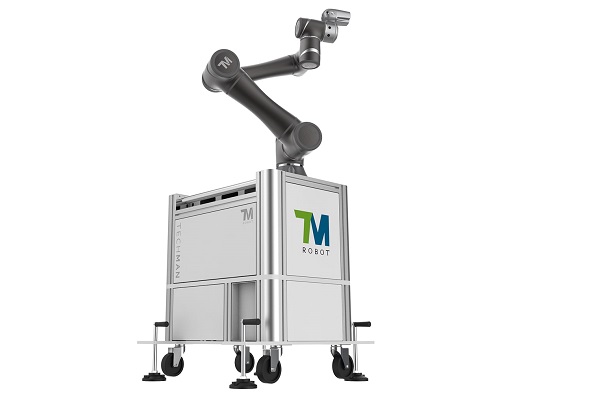In the face of climate change and intensifying economic competition, energy conservation in factories has become not just a trend but an essential practice. Reducing energy consumption helps businesses significantly cut costs, protect the environment, and enhance their brand image.
Explore with us various methods of energy conservation, with a special focus on pneumatic energy systems in factories.
Understanding Energy Conservation in Factories
Energy conservation in factories refers to the implementation of measures and practices designed to reduce energy consumption, optimize energy efficiency, and lower operational costs. Factories typically consume large amounts of energy for production activities, equipment operation, and auxiliary systems such as lighting, heating, cooling, and ventilation. Energy conservation not only helps reduce costs but also offers environmental benefits by lowering greenhouse gas emissions and pollution.
The Importance of Energy Efficiency in Industrial Automation
With the ongoing rise in energy costs and increasing global awareness of climate change, energy efficiency in manufacturing plants has become a critical priority. Implementing energy-saving measures not only reduces production costs but also helps protect the environment and enhances the company's reputation.
Why is Energy-Saving Important?
- Increasing Energy Costs: Energy prices, such as those for fuel and electricity, are subject to fluctuations and are generally trending upwards. Reducing energy consumption can significantly lower production costs, improving profitability and competitive positioning.
- Enhanced Environmental Standards: There is growing societal awareness about environmental issues. Factories are required to comply with increasingly stringent environmental and climate standards, including reducing CO2 emissions and other pollutants.
- Technological Advancements: Progress in technology has led to substantial improvements in energy efficiency. Smarter equipment and automation systems enable more efficient production processes and lower energy consumption.
- Regulatory and Policy Changes: Many governments have implemented policies to encourage businesses and factories to adopt energy-saving practices, offering incentives such as financial aid, tax breaks, and more.
- Corporate Social Responsibility: An increasing number of businesses are recognizing the importance of sustainable development and social responsibility. Energy efficiency is not just a regulatory requirement but also a corporate commitment to the community.
- Supply Chain and Market Demands: Customers and supply chain partners are increasingly interested in sustainably produced products. Improving energy efficiency helps businesses meet these demands and fosters a positive brand image.
Optimizing Compressed Air Systems for Energy Efficiency in Factories
Compressed air systems are among the largest energy consumers in manufacturing facilities. In the United States, they account for approximately 30% of total energy consumption, and this figure is even higher in Southeast Asian countries, including Vietnam. Unfortunately, only about 30% of the energy provided to these systems is effectively used in production. The remainder is primarily lost as heat due to friction in the piping, leaks at connections, or improper use.
The low efficiency of compressed air systems leads to significant consequences, including wasted energy and increased production costs. In fact, energy costs can make up a substantial part of the total lifecycle cost of a compressed air system, sometimes exceeding 75%. This underscores the economic and environmental benefits of improving compressed air efficiency. Research suggests that energy consumption can be reduced by 20% to 50% through the implementation of efficient compressed air solutions.
In the era of Industry 4.0, energy and compressed air conservation is not merely a trend but an essential requirement for manufacturing plants. Optimizing these systems enhances productivity, lowers costs, and promotes a positive, eco-friendly corporate image.
Strategies for Energy Efficiency in Compressed Air Systems
To effectively conserve energy in compressed air systems and promote sustainable production, businesses can implement the following strategies:
1. Leak Detection and Repair
Leaks in compressed air systems are a significant source of energy waste. Even minor leaks can result in substantial air loss and increased operational costs. To mitigate this, businesses should:
- Regular Inspections: Perform routine leak inspections using specialized tools such as pressure gauges, flow meters, or the soap bubble method.
- Timely Repairs: Address leaks promptly by replacing gaskets, hoses, or damaged components.
- High-Quality Piping and Fittings: Select pipes and fittings designed for high-pressure compressed air systems, resistant to wear and leaks.
- Consistent Quality Equipment: Utilize high-quality equipment, such as SMC pneumatic devices, and maintain uniformity within the system for optimal efficiency.
Implement comprehensive, coordinated systems from SMC for maximum energy efficiency
2. Pressure Optimization
Operating compressed air systems at excessive pressure levels not only wastes energy but also poses safety risks. To optimize pressure, businesses should:
- Determine Optimal Pressure Levels: Set pressure to the minimum required for production tasks, avoiding excessive levels.
- Use Pressure Regulators: Install regulators to maintain consistent, optimal pressure levels.
- Regular Pressure Monitoring: Periodically check and adjust pressure settings to ensure they are within the recommended range.
3. Advanced Control Systems
Automated control systems can significantly enhance the efficiency of compressed air systems by adjusting airflow based on actual demand. Businesses should install automated controls and pressure sensors to fine-tune system operations.
4. Efficient System Design
A well-designed compressed air system can significantly reduce energy losses. Consider the following design principles:
- Appropriate Pipe Sizing: Ensure pipes are properly sized to prevent air pooling and maintain system efficiency.
- Minimize Connections and Valves: Each connection and valve is a potential leak point, so minimize their number.
- Optimize Air Pathways: Design efficient air pathways and strategically position air-using equipment to reduce energy loss.
5. Staff Training and Engagement
Operators and maintenance personnel are critical to achieving energy efficiency in compressed air systems. To leverage their role, businesses should:
- Conduct Training Sessions: Provide training on the fundamentals of compressed air systems, identifying energy waste, and implementing corrective actions. Staff should be well-versed in system operations and capable of detecting and addressing leaks and inefficiencies.
- Enhance Awareness: Increase awareness about the importance of energy conservation among staff.
- Promote Issue Reporting: Encourage employees to report any issues related to the compressed air system promptly.
6. Performance Management and Monitoring
To assess the effectiveness of energy-saving measures, businesses should implement robust monitoring and management practices:
- Monitor Performance Metric: Monitor metrics such as energy consumption, air pressure, and airflow to gauge system performance.
- Data Analysis: Analyze performance data to identify inefficiencies and potential areas for improvement.
- Continuous Improvement: Regularly review system performance and implement ongoing improvements to enhance energy efficiency.
7. Investment in Energy-Efficient Technology
Technological advancements offer new opportunities for improving the energy efficiency of compressed air systems. Businesses should consider investing in advanced technologies. Evaluate and invest in cutting-edge compressed air technologies and high-efficiency equipment to replace outdated systems.
Upgrading equipment often provides superior energy savings compared to older technologies
SMC's Energy-Efficient Product Lines
With extensive experience in the industrial and automation sectors, Temas offers high-quality SMC pneumatic equipment and solutions. To address the need for energy savings in factories, Temas presents the latest energy-efficient product lines from SMC:
1. Air Management System: AMS20/30/40/60 Series
This system efficiently manages the flow, pressure, temperature, and other parameters of compressed air. Sensor data can be transmitted to the host system via industrial Ethernet or OPC UA protocols, enabling comprehensive monitoring and control.
2. Low Pressure Solutions
- Booster Regulator VBA-X3145
- KK130 Series Leak-Reducing Couplings: Minimize air leakage in pipelines.
- JSB series Valves
3. Enhancing Blowing Efficiency
- KN series Nozzels
- AXTS Series Pulse Blow Valve
- IBV10 Air Saving Impact Blow Valve
- IBG Series Air Saving Impact Blow Gun
4. Energy-Saving Devices
- CDQ2A-X3260 Cylinder
- JMB Series Cylinder
- MGZ Series Cylinder
- CVQ Series Compact Cylinder
- ZK2 A Series Vacuum Unit Ejector System/Vacuum Pump System
- ZL3 Series Multistage Ejector
- ZKJ Series Vacuum Valve Manifolds
- AS-R Series Air-Saving In-line Type
5. Compact and Lightweight Devices
- CUJ Series Mini Cylinder
- JCM Series Air Cylinder
- JCQ Series Compact Air Cylinder
- MGPK Series Compact Guide Cylinder
- JT Series Couplings
- MXH Series Compact Slide
- CRB Series Rotary/Vane Type Cylinders
- KQ2 Series Quick-Connect Couplings
- JAS Series Quick-Connect Throttle Valves
6. Low Power Consumption Devices
- Low-Power Solenoid Valves (3-4-5 Ports)
- IDFFS Series Refrigerated Air Dryers
- Electric Slide Table Cylinders
- JSXF/JFXFA Series Pulse Valve Valve for Dust Collector
Temas is the official distributor of SMC in Vietnam, specializing in providing pneumatic equipment, pneumatic solutions, and comprehensive automation solutions. Contact us for a free consultation on the best pneumatic solutions for your factory.
Read more: Basics Of Pneumatic Systems


 Read more
Read more



